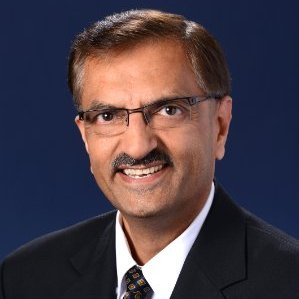Emerging Technology and Its Applications Require New Standards
As the world becomes more connected, consumers and industries – and their respective application ecosystems – will inherently require interaction. As these applications create their own DLT blockchains, they will need interoperable solutions. Dr. Claudio Lima, an authority in DLT and Blockchain technology, brings us interesting challenges and the need for global interoperable standards.
Mr. Meloni from University of Cagliari, Italy uses Blockchain and Internet of Things (IoT) to demonstrate the need for consensus algorithms and different ways of achieving the consensus. He then goes on to present the work on the Real-time Onsite Operations Facilitation (ROOF) standard for technical and functional interoperability of federated IoT systems.
Clearly, the need for standards and interoperability in an emerging technology is even greater at this time to ensure smoother deployment and wider adoption in critical applications.
Are you working on building Blockchain applications? What standards do you use? What challenges do you have? Can they be solved by new standards? Would you like to discuss these topics with fellow engineers? Let us know if we can facilitate such discussions. We are all ears!
Happy Reading.
Enjoy!
PS: Publication of this issue has taken a little longer than the usual quarterly schedule. As you will notice, the format of the eZine is now in a magazine format. Please provide us feedback on this new format. We would love your suggestions on how we can improve the format to make it easier to read.
Yatin Trivedi
Editor-in-Chief, IEEE Standards Education eZine
Member, IEEE-SA Board of Governors
Yatin Trivedi, Editor-in-Chief, is a member of the IEEE Standards Association Board of Governors (BoG) and Standards Education Committee (SEC), and serves as vice-chair for Design Automation Standards Committee (DASC) under Computer Society. Yatin served as the Standards Board representative to IEEE Education Activities Board (EAB) from 2012 until 2017. He also serves as the Chairman on the Board of Directors of the IEEE-ISTO.
Yatin currently serves as Associate Vice President for semiconductor design services at Aricent Inc. Prior to his current assignment, Yatin served as Director of Strategic Marketing at Synopsys where he was responsible for corporate-wide technical standards strategy. In 1992, Yatin co-founded Seva Technologies as one of the early Design Services companies in Silicon Valley. He co-authored the first book on Verilog HDL in 1990 and was the Editor of IEEE Std 1364-1995™ and IEEE Std 1364-2001™. He also started, managed and taught courses in VLSI Design Engineering curriculum at UC Santa Cruz extension (1990-2001). Yatin started his career at AMD and also worked at Sun Microsystems.
Yatin received his B.E. (Hons) EEE from BITS, Pilani and M.S. Computer Engineering from Case Western Reserve University. He is a Senior Member of the IEEE and a member of IEEE-HKN Honor Society.
